Trade-offs and Comparative Advantage
Textbook Chapter: Chapters 2 (Micro & Macro), 7 (Macro) and 9 (Micro)
MobLab Game: Comparative Advantage
Key Learning Objectives:
- The distinction between absolute and comparative advantage.
- Experience first hand the gains from specialization and trade.
- Differences in opportunity costs lead to mutually beneficial trade.
Demand, Supply and Equilibrium
Textbook Chapter: Chapter 3 (Microeconomics & Macroeconomics)
MobLab Game: Competitive Market
Key Learning Objectives:
- The “invisible hand” of the market: how individual profit maximization leads to competitive market equilibrium.
- Price discovery: the equilibrium market-clearing price results from the valuations of different buyers and costs of different sellers.
- Gains from trade (i.e., consumer and producer surplus).
- Shifts in either supply or demand change equilibrium outcomes.
Government Interventions in Competitive Markets
Textbook Chapter: Chapter 4 (Microeconomics)
MobLab Game: Competitive Market
Key Learning Objectives:
- Government interventions (per-unit taxes, subsidies, price ceilings and floors) alter equilibrium outcomes.
- Equilibrium outcomes do not depend on whether buyers or sellers pay the tax.
- The difference between tax incidence and who pays the tax.
- Relative elasticities determine incidence of a tax or subsidy.
- Excess supply (price floors) and excess demand (price ceilings).
- The efficiency implications of government interventions.
Externalities
Textbook Chapter: Chapter 5 (Microeconomics)
MobLab Game: Externalities w/Policy Interventions
Key Learning Objectives:
- With externalities, the equilibrium of a competitive market without interventions is inefficient.
- By reducing transactions, a tax can increase efficiency (total surplus) in a market with a negative externality, whereas a subsidy can increase surplus in a market with a positive externality.
Public Goods
Textbook Chapter: Chapter 5 (Microeconomics)
MobLab Game: Public Good: Discrete (Threshold)
Key Learning Objectives:
- Highlights the features of public goods: non-rival and non-excludable.
- Demonstrates the distinction between private and social benefits of public goods.
- Shows how individual profit maximization leads to the free-rider problem.
Asymmetric Information (Adverse Selection)
Textbook Chapter: Chapter 7 (Microeconomics) and Chapter 5 (Macroeconomics)
MobLab Game: Market for Lemons
Key Learning Objectives:
- Experience in a market with asymmetric information.
- Asymmetric information may lead to adverse selection and market failure.
Firms in Competitive Markets
Textbook Chapter: Chapter 12 (Microeconomics)
MobLab Game: Production, Entry & Exit
Key Learning Objectives:
- Short-run profit maximization involves thinking at the margin.
- In the long-run equilibrium of a competitive market with identical firms, all firms earn zero economic profits.
Oligopoly & Game Theory
Textbook Chapter: Chapter 14 (Microeconomics)
MobLab Game: Prisoner’s Dilemma
Key Learning Objectives:
- Key features of games: payoff matrices, best responses and dominant strategies.
- Identification of the Nash equilibrium.
- The (sometimes) conflicting incentives of cooperation and self-interest.
- Repeated play may lead to more cooperative outcomes.
MobLab Game: Ultimatum Game
Key Learning Objectives:
- Experience a sequential bargaining game.
- Norms such as fairness may result in behaviors that deviate from game theoretic predictions.
Monopoly Pricing
Textbook Chapter: Chapter 15 (Microeconomics)
MobLab Game: Cournot (with Group Size=1)
Key Learning Objectives:
- Monopolies restrict output in order to increase price.
- The tension between the quantity price effects of increased output.
Labor Markets
Textbook Chapter: Chapter 17 (Microeconomics)
MobLab Game: Simple Labor Market
Key Teaching Points:
- In a competitive labor market, equilibrium wage is equal to the value created by the last worker hired.
Unemployment
Textbook Chapter: Chapter 9 (Macroeconomics)
MobLab Game: Simple Labor Market
Key Teaching Points:
- Employment levels are determined by both the supply and demand of labor.
- Policies such as a minimum wage or unemployment insurance affect structural unemployment.
Money and Banks
Textbook Chapter: Chapter 10 (Macroeconomics)
MobLab Game: Bank Run
Key Learning Objectives:
- Highlights the underlying concept of fractional banking.
- Demonstrates the trade-off between profit and risk, and shows how bank runs may arise.
- Policy interventions, such as deposit insurance, can reduce the possibility of bank runs.


